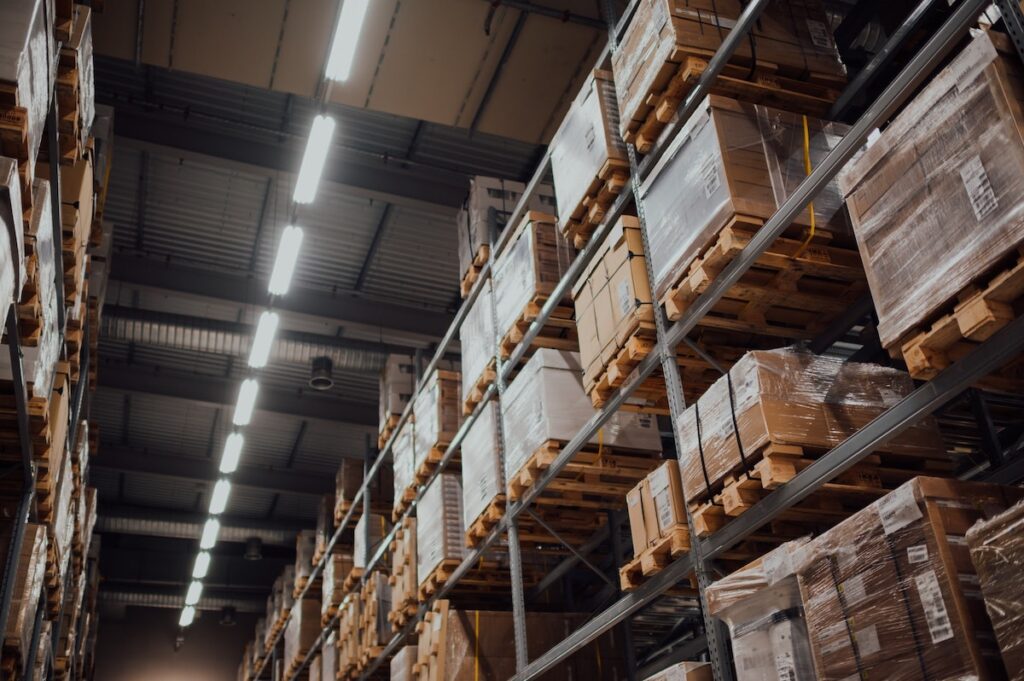Every good logistics line needs a plan. But what does that plan need to entail? In this post, we’ll explore the must-haves for an effective logistics plan. From there, you can tailor the details to fit your company’s unique needs. So let’s get started!
Clear and Concise Mission Statements
Without a clear mission statement, any logistics line is stuck in place and unable to track progress. By creating an imperative mission statement that outlines goals, objectives, and values at the heart of each decision made within the company, teams are set up for success. This puts their core principles into focus while holding them accountable to measure achievements according to their desired timeline – thus propelling them forward with greater ease! Crafting a good mission statement is an essential step in establishing a successful logistics line that can keep up with customer demand and the ever-changing market climate. It’s essential to make sure that everyone within the organization understands what’s expected from them so they can align their vision with the company’s goals.
Crafting the ideal logistics plan is only possible with a successful and efficient supply chain management strategy. Your approach should be designed to meet customer demands, maximize inventory on hand, make good use of resources as well as minimize costs while upping profitability. It’s essential to factor in aspects such as – delivery time frames for products, cost of goods sold, inventory control systems and procedures, transportation routes chosen, and methods of product delivery used. A CSCP designation could be extremely helpful when creating a logistics plan. Not to mention, the expertise and experience of a specialized third-party logistics provider can also help to ensure that all aspects of supply chain management are taken into account.
Efficient and Effective Communication Between All Members of the Team
Having effective communication between all members of a logistics team is essential for success. Without it – different parts of the process could become an uncoordinated jumble leading to delays and mistakes. To truly build a successful logistics line, it is essential that the team works together seamlessly by rapidly and accurately exchanging information to gain an overall understanding of their objectives. This in turn allows them to make quick decisions with precision throughout the process. The introduction of digital communication systems such as emails, text messages, and instant messaging apps has been invaluable in terms of providing real-time interfaces and response times that help streamline the process even further. Making sure everyone knows what they’re doing when they’re meant to do it – and are on the same page as everyone else is critical to keeping productivity high and achieving success with every task.
A System in Place to Track Inventory Levels and Shipments
In order for a logistics line to run efficiently and effectively, having in place a system to track inventory levels and shipments is essential. Without such a system, delays can occur when staff doesn’t know the exact whereabouts of an item or its progress from shipment. To prevent this from happening, the logistics line must incorporate technology such as an Inventory Tracking System (ITS). The ITS should be able to track inventory levels in real time, ensuring that staff has up-to-date information about where items are located and how far along they are in the shipping process. Additionally, by incorporating robust IT systems, personnel can be alerted if quantities fall below set thresholds. This can help reduce out-of-stock situations and/or further delays in shipments. Ultimately, having a reliable system to track inventory levels and shipments will ensure that the logistics line runs smoothly and efficiently.
A Method for Handling Customer Complaints and Feedback
Running a successful logistics line necessitates having an effective system in place to address customer complaints and feedback. Clients expect rapid, efficient responses when they are disappointed with something your business offers, so being able to meet those expectations is pivotal. Not only will it help make them feel heard but also provide you with key insights that can be used to refine and improve operations – creating a win-win situation for everyone involved! Having the right tools to ensure that customer concerns are addressed promptly and professionally will help keep your logistics line running smoothly.
A Good Logistics Line Needs to be Able to Adapt to Changes in the Market
To stay ahead of the competition, logistics companies must possess both ambition and flexibility to manage ever-evolving market conditions. They need to be able to swiftly adjust their strategies and operations – in response to customer needs while also predicting future trends before they occur. If a business is unable or unwilling to do this, it will likely find itself lagging behind its rivals who have embraced change with open arms. Companies that make agile changes are better equipped to meet unforeseen circumstances, allowing them to remain competitive. The best logistics lines are built on a foundation of agility, flexibility, and responsiveness—essential traits needed for success in today’s ever-evolving world.

A successful logistics line is a complex combination of different elements and techniques, but creating one requires hard work and commitment. Crafting the perfect team, setting levels and systems in place, and crafting a strong mission statement – are all important ways to ensure that your logistics line can meet its customer’s needs effectively. While building a great logistics line can be challenging, it’s worth investing time and energy into creating an approach that works.
